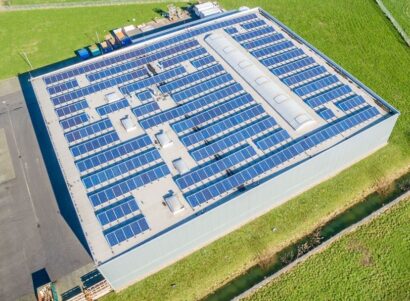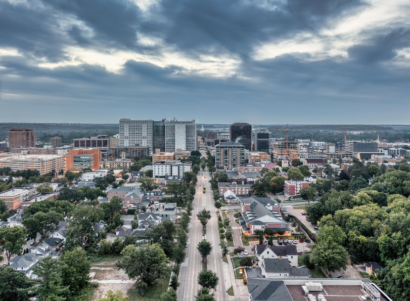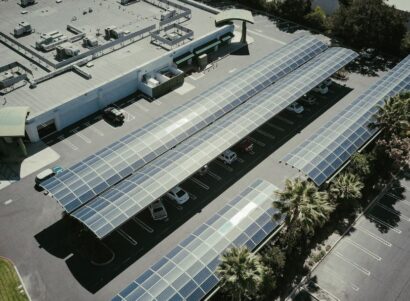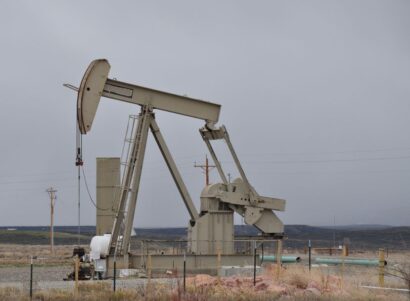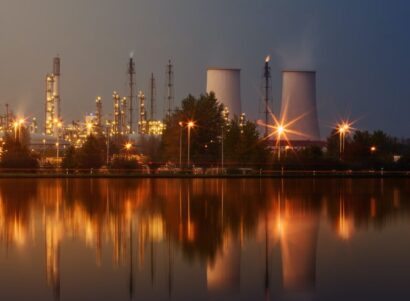Background
Access to energy underlies every aspect of modern human life and plays a critical role in maintaining public health, individual well-being, and economic growth. This makes energy affordability especially critical. Despite this, energy is unaffordable for millions of households across the country. One in three households in the US struggles with energy bills, one in five reports skipping essentials to pay energy bills, and one in seven reports receiving a disconnection notice for energy service.
As Colorado develops strategies to lower carbon emissions, analysis authored on behalf of the Colorado Energy Office by researchers at PSE Healthy Energy (PSE) and the Institute for Energy and Environmental Research (IEER) provides strategies to meet climate goals while increasing energy affordability. When integrated with decarbonization pathways, the Pathways to Energy Affordability report finds that integrating energy affordability considerations can help advance climate goals and accelerate the clean energy transition.
Energy Affordability in Colorado
Across Colorado, hundreds of thousands of households struggle to pay their energy bills. This study finds that energy cost burdens—the fraction of household income spent on electricity and fuel use—are particularly high for the state’s rural communities, low-income households, renters, populations of color, mobile home residents, and propane users. These energy cost burdens can be alleviated over time by investing in key energy upgrades. In the near term, grants for efficiency and weatherization for the neediest households plus increased support from bill assistance programs—such as percentage of income payment plans—can help lower energy cost burdens. This assistance can be slowly reduced as home upgrades reach an increasing number of households statewide and lower their burdens below six percent of income. The expansion of energy efficiency, community solar, and demand response in heavily energy-burdened communities can simultaneously improve energy affordability for those who need it most while helping the state achieve its climate goals and clean energy targets.

 Executive Summary
Executive Summary